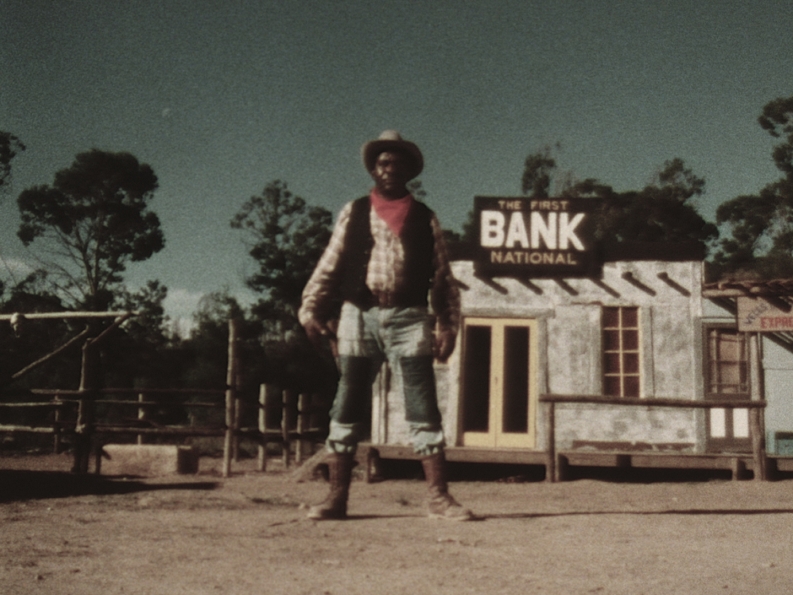Tsotsi Film Difficulty Ranking: 2
Are you here for an introduction to the slums of South Africa? Well Tsotsi is a great place to start as the film is easy-to-watch, entertaining, and emotional (all the criteria for a fantastic Hollywood film). It is also a great pairing for City of God – a Brazilian great with more good music and great editing!
Why Watch Tsotsi?
- To hear some great South African tunes
- As it’s THE Foreign Language Academy Award winner from 2005
- To see a little bit of Johannesberg
- To get under the skin of a baby-faced thug (Tsotsi is slang for thug)
The Breakdown
Two guys are playing craps in a cluttered slum house. One of them rolls a four and a five and the players start arguing over whether it is a 9 or an 11. Another observer settles their argument whilst Tsotsi stares out a window at the end of the room. At this point, the banging South African music starts and Tsotsi and his crew leave the house and parade around the slums. These guys are the slum thugs of Johannesberg and we are going to hitch a ride with them into the city.
Right from the start we see the difference between the slums and the city. The slums are crowded, with shacks stacked on top of other shacks and no electricity or running water, except for a little tap that the community queues for. In contrast, the city is mostly clean and built up, especially in the wealthy suburbs which Tsotsi and his crew go and visit. The suburbs even have trees, cars, and gated houses. It is a completely different world.
Also pay attention to the editing, particularly when Tsotsi and his gang arrive in Johannesberg station looking for a target. The camera fixes Tsotsi’s face in the middle of the screen and cuts to see what he is looking at. The camera switches from Tsotsi to commuter, from Tsotsi to family, from Tsotsi to a man handing over money. Boom, here is his target. Now the camera cuts between Tsotsi’s face and the same man who he saw handing over money. The camera gets closer to Tsotsi and his chosen victim between the cuts as Tsotsi closes in on his target. The editing makes it clear that he isn’t there to just people watch.
The Conclusion
The slums are a part of Johannesberg, and to ignore them is to ignore Johannesberg. Similarly, to ignore the people that live in the slums is to ignore your fellow citizens. For this reason, Tsotsi is an important story. At the beginning we see and judge a ruthless criminal that needs to be punished. However, by the end we may change our mind with a little more understanding.



